'Most kitchens don't suffer from a lack of storage, just inefficient use of it' – 7 things people with tidy kitchen cabinets never do
Avoid these common pitfalls, urge professional organizers


Kitchen cabinets are undoubtedly one of the hardest areas in the home to keep neat but knowing the things people with organized kitchen cabinets never do when organizing yours will surely help.
From making repeat purchases to going without labels, these seven common pitfalls could be what's keeping you from achieving the streamlined and accessible kitchen cabinets of your dreams.
Here, professional organizers share the home organizing mistakes you might be making, and why they're always best avoided when organizing kitchen cabinets.
7 things people with organized kitchen cabinets never do
1. Stack non-identical items
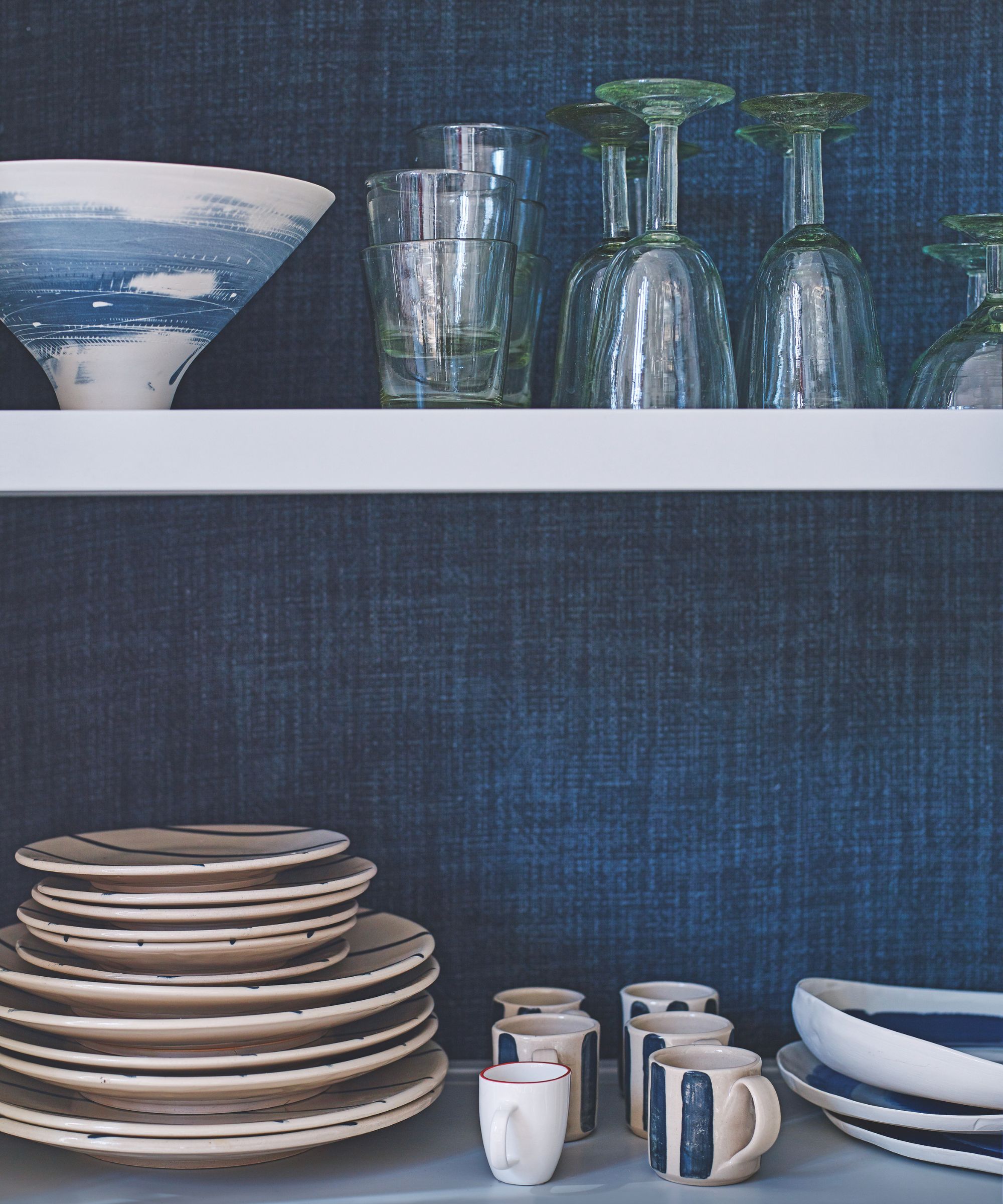
Stacked shelves can look gorgeous on open shelving instead.
As Heidi Ganser Lang, professional organizer at Juniper Organizing, says, 'Kitchen organization isn't about how much space you have, but how well you use it. Most kitchens don't suffer from a lack of storage, just inefficient use of it.'
For this reason, she explains, people with tidy cabinets never stack non-identical items.
'Plates? Sure,' she continues. 'But if you're storing them under your stack of bowls, you have to lift the bowls every time you need a single plate. Similarly, baking pans and cookie sheets often get stacked into a tower, making anything but the one on top inaccessible.'
This is a surefire way to over-complicate your kitchen cupboard storage ideas.
Design expertise in your inbox – from inspiring decorating ideas and beautiful celebrity homes to practical gardening advice and shopping round-ups.
So, instead, Heidi recommends, use shelf risers, such as the Kusmil Shelf Riser available at Walmart, to separate types of dishware or dividers.'
These are among the kitchen organizing products our editors can't live without.
Then, she advises store baking sheets and pans vertically. 'This way you can take the one item you need without rearranging the cabinet,' explains Heidi. 'It also makes it faster to put clean dishes away.'
People with tidy kitchen cabinets also never stack items behind other items, adds Heidi. 'If you can’t see it, you won’t use it,' she warns. 'You should be able to see every type of item just by opening the cabinet door.
'For example: a set of drinking glasses may be stacked two or three rows deep because the glasses are all the same, however do not stack a drinking glass behind a coffee mug or wine glass. You will struggle to know what you have and you will have to move items to find what you need.
'Instead, use tools like a water bottle organizer [such as the YouCopia UpSpace Adjustable Water Bottle Organizer available at Amazon] to store travel bottles and mugs, a turntable to easily rotate back to front, or a can riser to view small items all at once.'
This will also help you avoid unnecessary and costly duplications.
2. Make repeated purchases
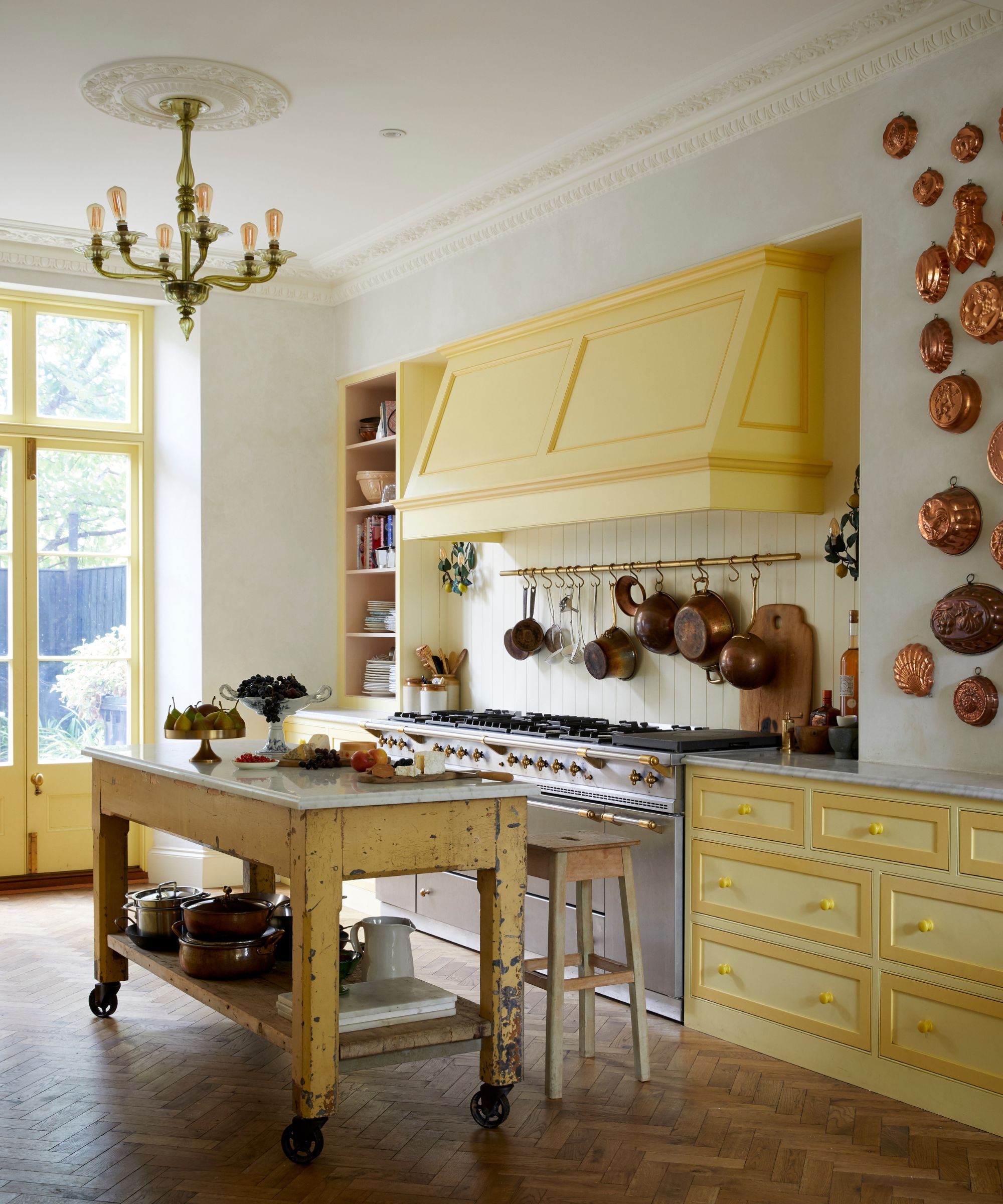
Reduce food waste by keeping all your purchases visible.
If you're looking to reduce food waste, people with neat kitchen cabinets never make repeated purchases, says Georgina Burdett, from For the Love of Tidying. Instead, they use food storage ideas to reduce food waste.
'3-tier organizers, such as the Copco Basics 3-Tier Spice Rack available at Amazon, ensure visibility of the items at the back, as well as the ones at the front,' she says.
A Lazy Susan for kitchen cabinets, such as the Mainstays Nonskid Turntable available at Walmart, is also perfect for this as it will allow you to see or access what you have in the back without disturbing everything else.
3. Collect and store unnecessary cups

Crucially, only keep the cups you actually use.
There's nothing better than a cabinet filled with mugs for your morning coffee or afternoon cup of tea, but crucially, people with smartly organized cabinets don't keep any they don't use, says Meghan Cocchiaro, founder and lead organizer at Organized by Meg.
'Instead, they keep one matching set of everyday mugs, just enough to run a bunch through the dishwasher each day, or they have a limited amount of best mugs that are their very favorite ones that they have collected throughout the years,' she advises.
These coffee mugs can then be organized and displayed on a Leire Mug Tree available at Wayfair.
'They know that mugs are bulky, they serve a very real purpose, and there is no need to have an excess of them out of guilt. They also know they'll never have 32 people over drinking coffee at the same time, and if they do, they'll just get a set of disposable party cups.'
4. Go without labels
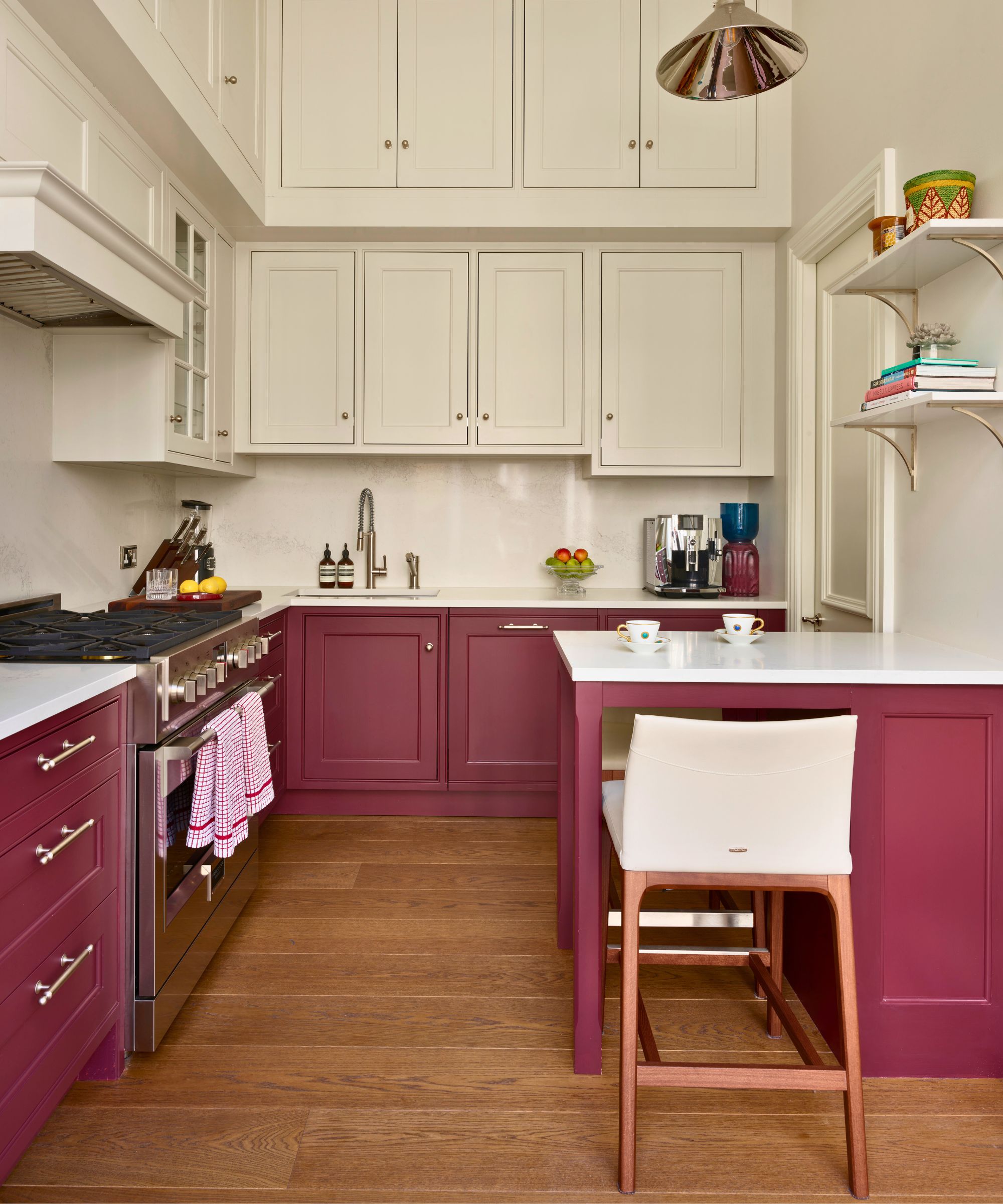
People with organized kitchen cabinets never neglect their labelling.
Jennifer Q. Williams, founder of Saint Louis Closet Co., adds that people with beautifully streamlined kitchen cabinets never go without labels on all their baskets and bins.
Label makers, such as the Nelko Label Maker Machine available at Amazon, are among the tools professional organizers can't do their job without.
'It helps avoid the “where does this go?” confusion and helps maintain your system long term,' explains Jennifer. 'Try chalkboard labels [such as the Armiz Labels for Jars available at Amazon], label makers or pre-printed labels.'
Similarly, never forget to date decanted food, either, says professional organizer Georgina.
'Decanting food goods has become a trend many of us are now using within our organized kitchens, but how long have these unpackaged food ingredients sat there for?' she asks.
'If they are rarely used, such as spices and baking ingredients, for instance, they can pass their 'best before' date without us being aware. Labeling food on the front of the container with their name, but then also adding a label on the back, with the date, can keep food items in check and under control.'
5. Keep expired food
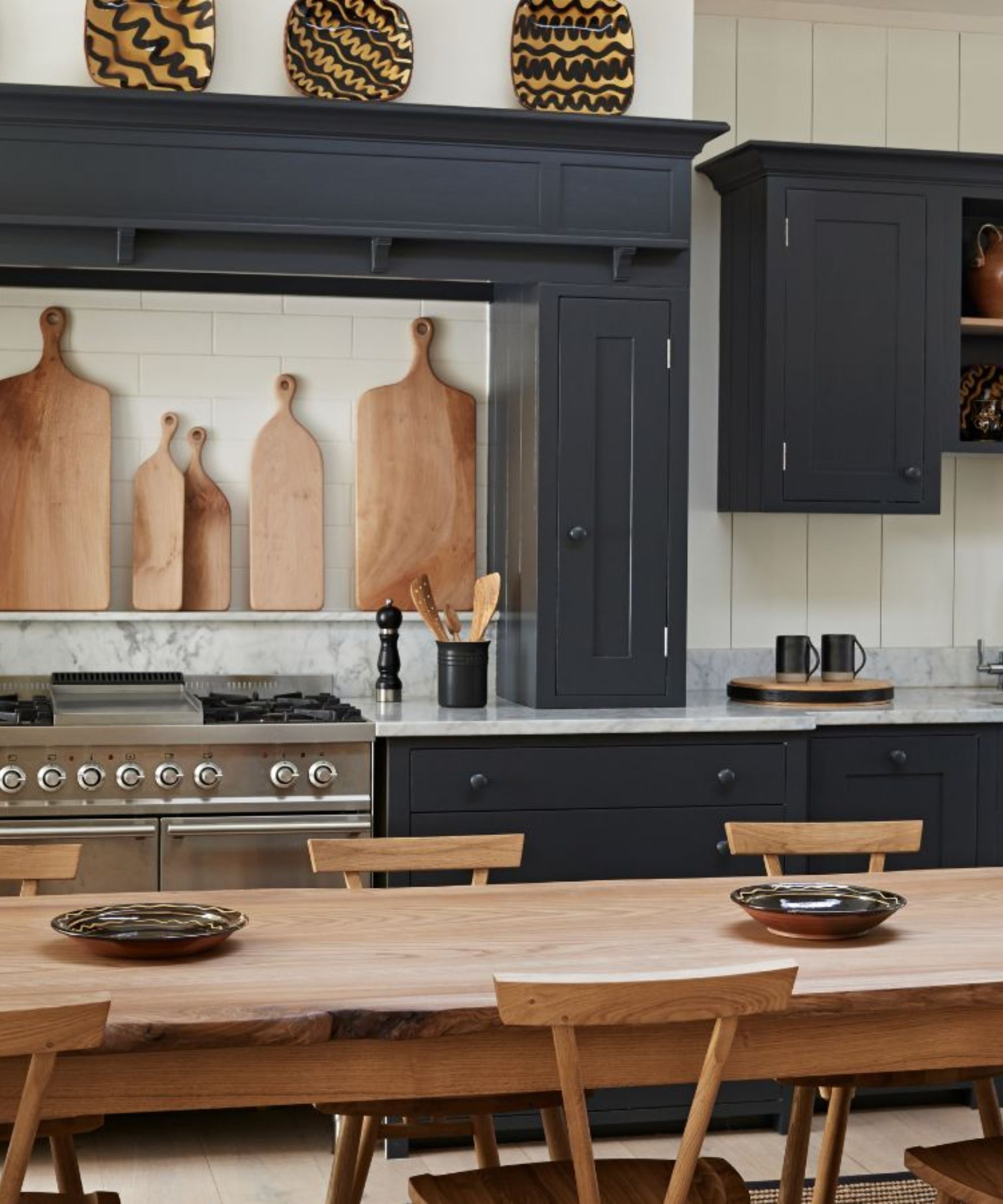
Expired food should be the first thing to be decluttered.
Never keep space-wasting kitchen cabinet items like expired food, says, professional organizer Meghan.
'They don't let open bags of food or snacks stay uncontained or sealed, and stay on top of expiration dates,' she explains. 'They know that not clearing out food and spices on a timely basis leads to stale food and wastes space, which makes it hard to put fresh groceries away.'
Using clips, such as the Ikea Bevara Sealing Clips available at Amazon is a good way to stop food items going stale.
'Instead, they reset their pantries, refrigerators and coffee cabinets on a weekly or bi-monthly basis to stay on top of food related clutter – getting rid of food they no longer eat, or that spice they bought years ago for that one pie they baked,' continues Meghan.
'They also keep their pantries organized with designated zones for different types of food and condiments and contain them with storage solutions where necessary.'
6. Store rarely used serveware in prime spots
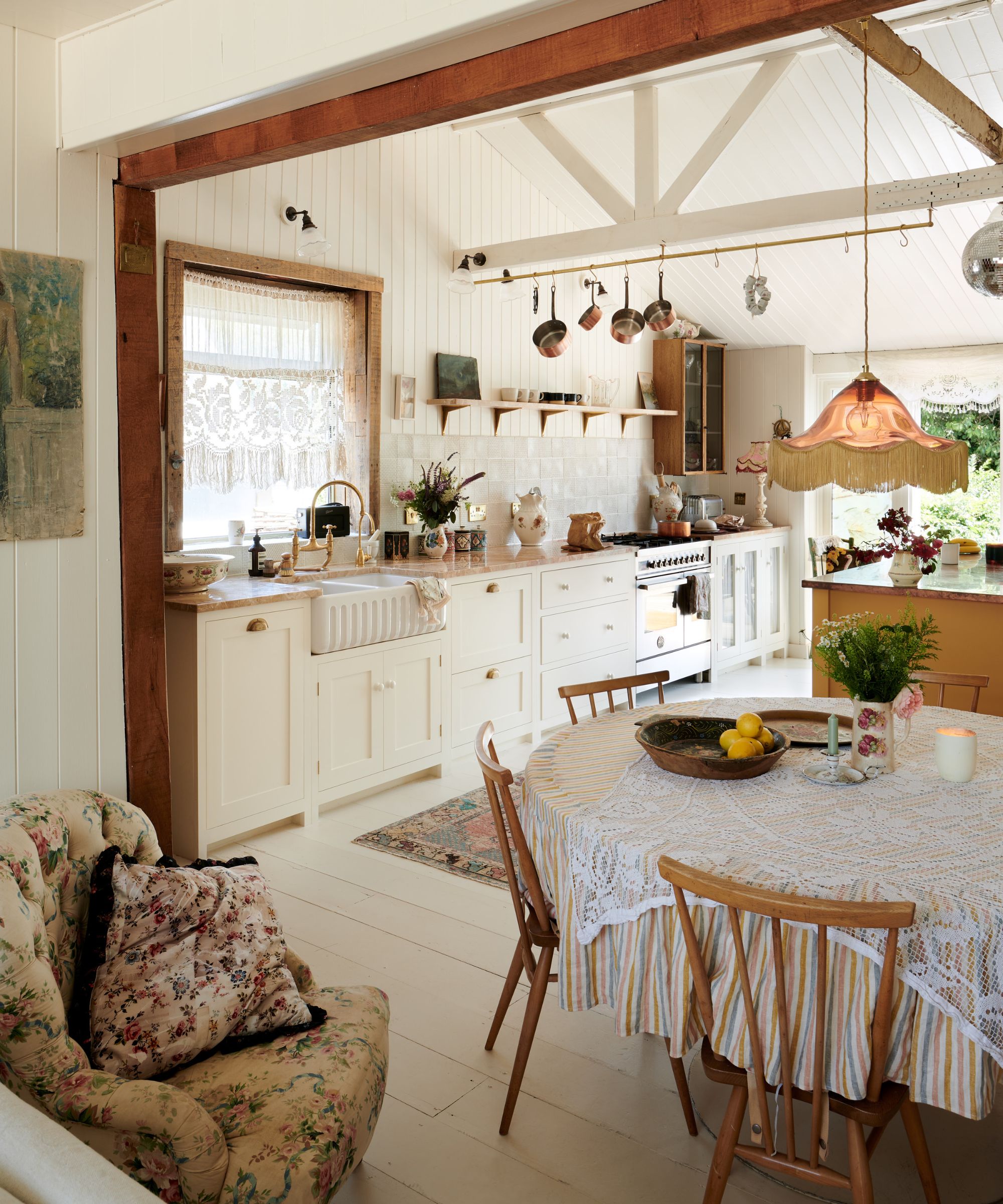
Use prime spots solely for serveware that you reach for daily.
That gorgeous serveware you love using, but rarely actually get the chance to? Don't store it in a prime spot, says Meghan – it's one of the things people with well-organized kitchen cabinets never do.
'Knowing that these are rarely used items, they should not interfere with the day to day functionality of kitchen cabinets,' she advises. 'Instead, people with organized ones store them as a grouped holiday category on the highest, hard-to-reach cabinet shelves, or away and out of the kitchen entirely, such as in basement storage or a dining room hutch if space permits.'
If you do choose to store them in your basement, just make sure you keep in mind the golden rules for a clutter-free basement and avoid them becoming things that always make your basement look cluttered.
Professional organizer Heidi agrees with Meghan, adding that people with streamlined kitchen storage 'never treat all cabinet space equally.'
'They think of their cabinets in three zones,' she advises. 'Prime real estate is for what you use most frequently – your silverware, everyday drink-ware, primary cooking utensils. This is usually easy to reach with little bending or stretching.
'Marginal real estate is higher or lower shelves and harder to reach cabinets. This is for specialty cookware, fine stemware, and things you generally use once a week or less.
'Off the beaten path storage is those hard to reach cabinets like the one over the refrigerator and the top shelf of the pantry. These should be reserved for items you use infrequently, like holiday serve-ware, infrequently used appliances, and fine china.
'Keep it lean! If you only use it a couple times a year, do you really need to keep it?' This will make it far easier to organize a kitchen when you downsize, too.
7. Store non-kitchen items in kitchen cabinets
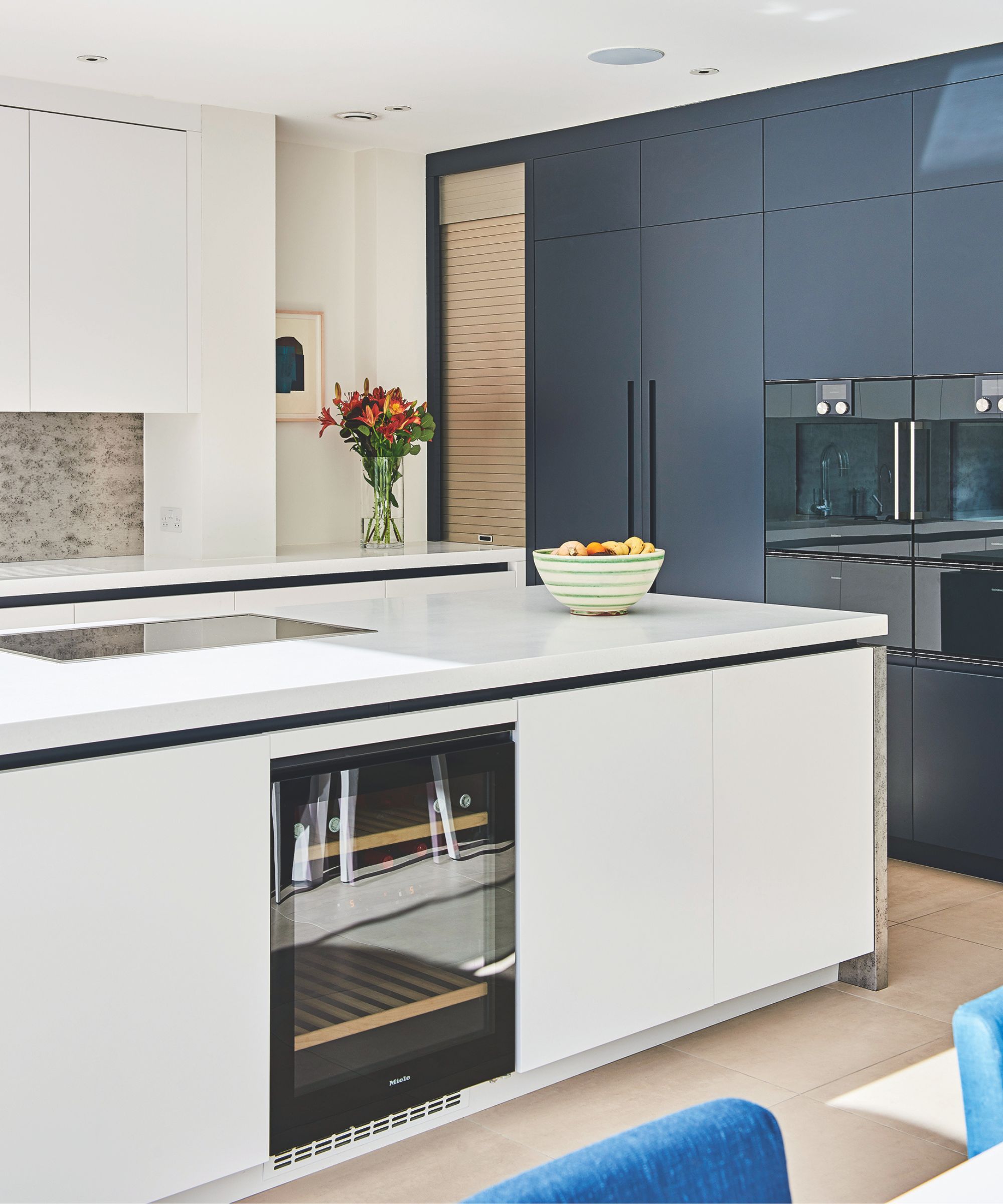
Reserve your kitchen cabinets for kitchen items.
Using kitchen cabinets to store non-kitchen items is a big no-no, says Meghan.
'The kitchen is the heart of the home, and an organized one is essential to efficient daily living,' she explains. 'You'll never find plastic bags shoved in cabinets, a tape measure thrown in the coffee cabinet, or last year's birthday party banner tangled in the tupperware drawer.'
These are, however, items you might find people getting rid of from their junk drawer.
'Instead, they have zones throughout their home and kitchen, designating storage areas for specific categories of kitchen goods and nothing else,' continues Meghan.
'They purge regularly to reduce build-up of party items, appliances they no longer like or use, chipped dishes and glasses, and reusable water bottles collected.'
What to shop
All prices were correct at the time of publication.
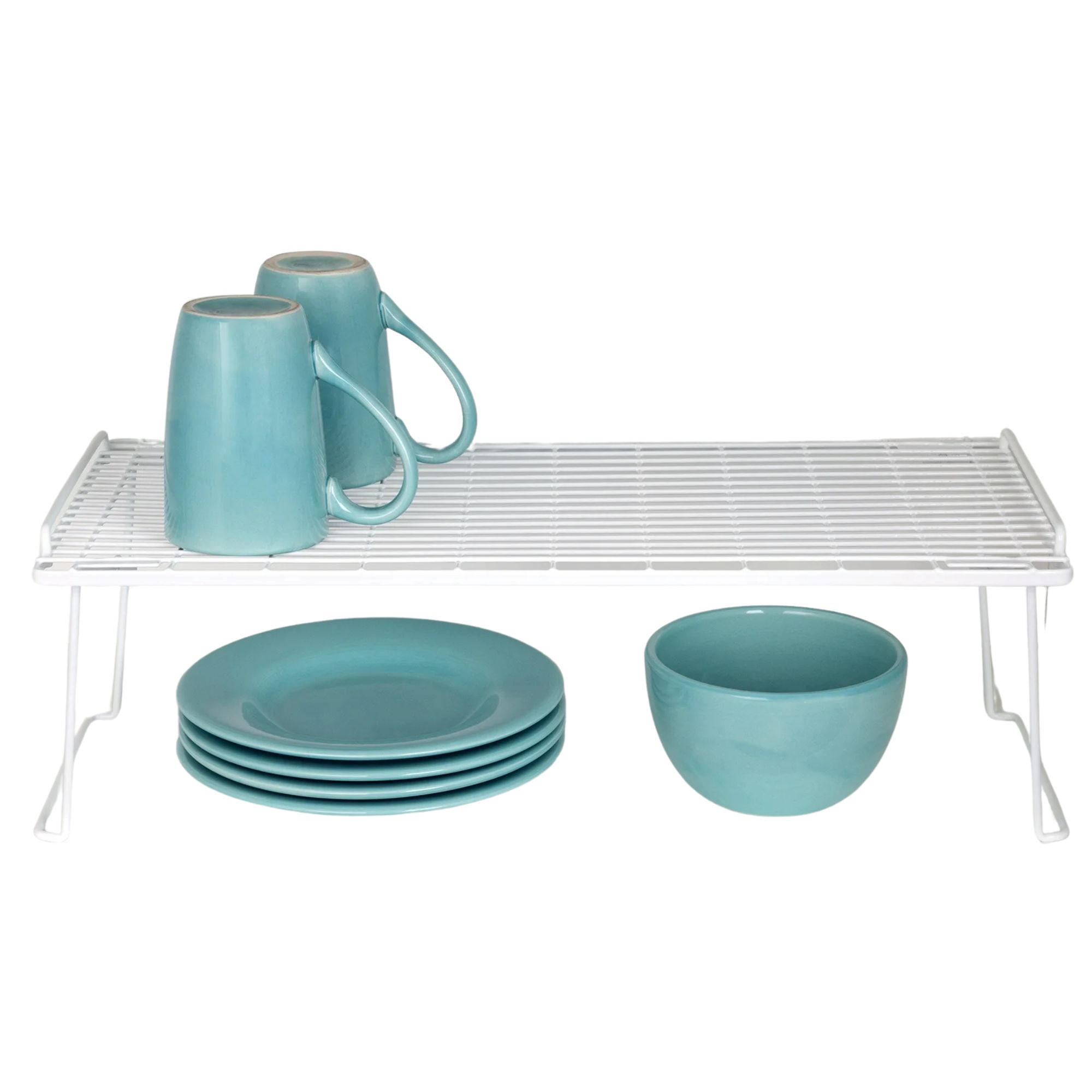
Maximize the storage space in your cabinet with this popular shelf riser, designed to accommodate plates, lids, cutting boards, pans and more, in a neutral white color.
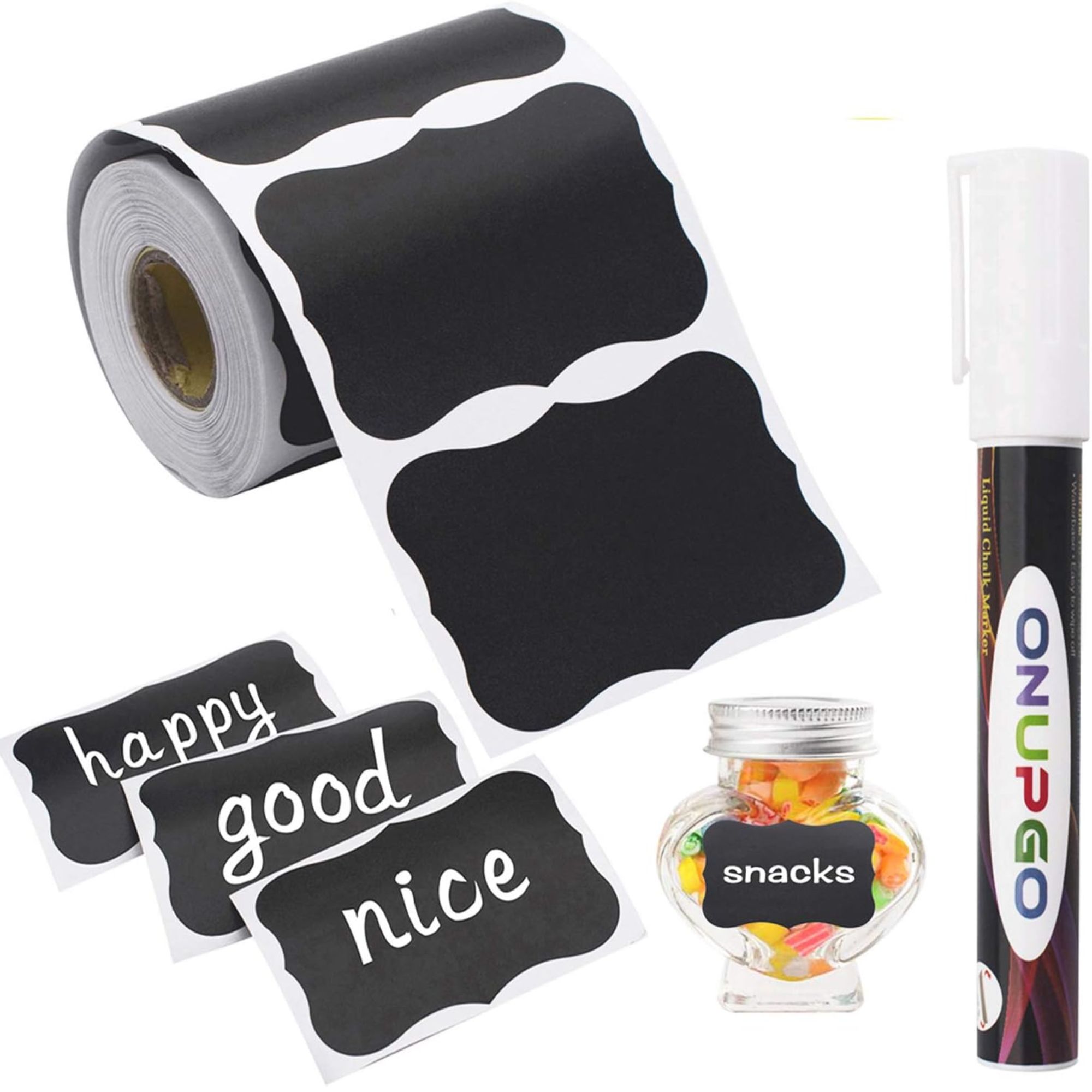
This roll of chalkboard labels comes with a handy waterproof marker. The labels are refrigerator safe, with a long-lasting adhesive.
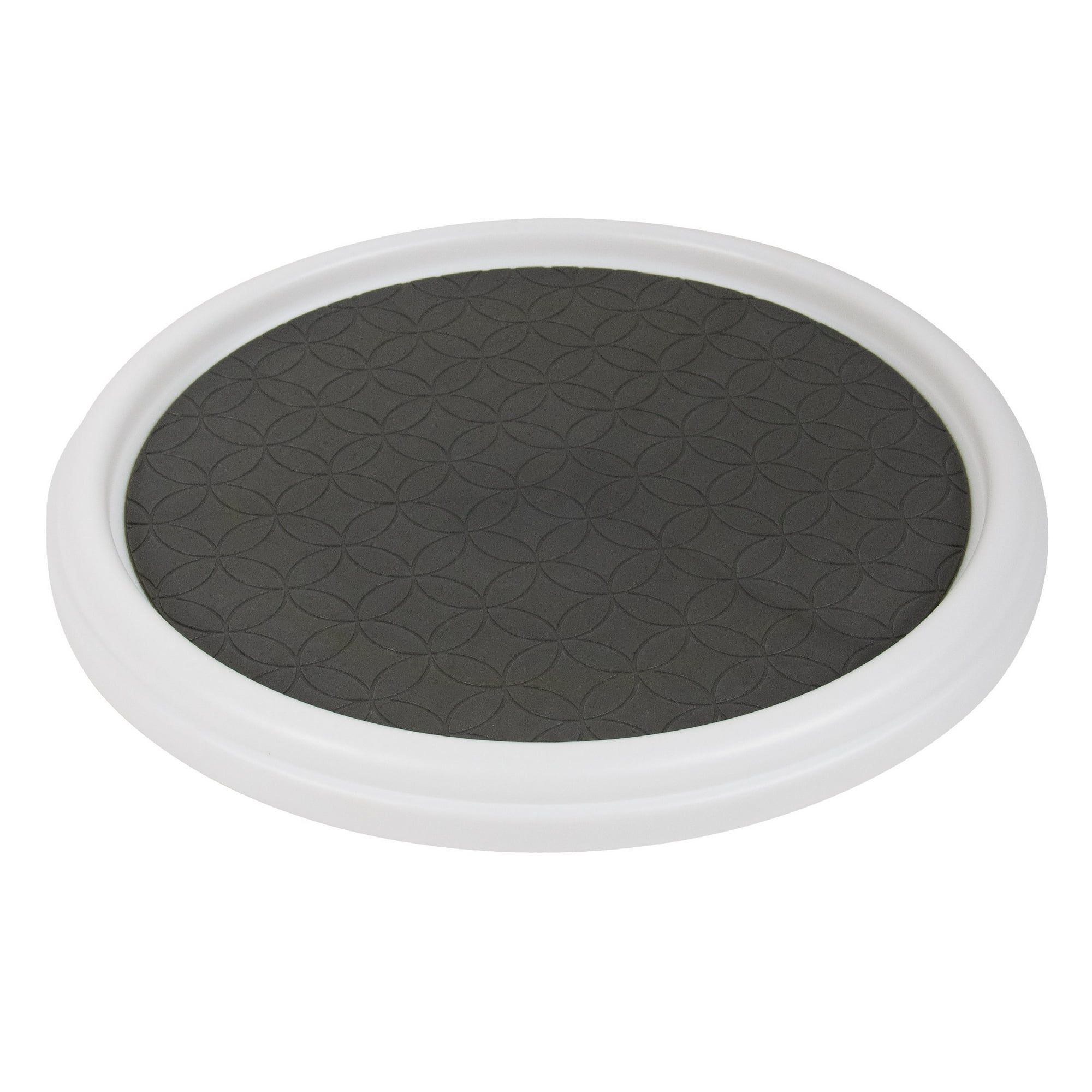
Keep all your spices and condiments accessible with this non-slip, single-tiered Lazy Susan, made of polystyrene and thermoplastic rubber for durability and strength.
Meet our experts

Heidi is a Twin Cities-based professional organizer. Her experience living in everything from a 100-year-old bungalow to a brand-new build has given her unique insight into how to keep all kitchen cabinets organized, and what people with organized kitchen cabinets never do.

Named Professional Organiser of the Year 2024, Georgina is a member of APDO and a regular speaker at events such as the Ideal Home Show and Clean & Tidy Show. Her credentials include a distinction in a professional decluttering and organizing business diploma, with additional qualifications in ADHD and organising, hoarding awareness, and grief and bereavement counselling, allowing her to support her clients through the emotional aspects of clutter.

Meghan is the founder and lead organizer of Organized by Meg, a full-service professional home organizing company that specializes in working with busy women.

Besides being a CEO, Jennifer is an organizing and home-improvement expert. She is also a member of the Association of Closet and Storage Professionals, and has been a leader in the custom closet and home organization industry for over 34 years.
One of the most important steps to keeping them neat and tidy is knowing how to declutter kitchen cabinets. Begin with emptying everything, and tossing and donating what you don't want or need.

Ottilie joined Homes & Gardens last year, after finishing a Master's in Magazine Journalism at City, University of London. With previous contributions in Livingetc and Motorsport Magazine, she produces content for the Solved section on the website, focusing on clever tips and tricks to keep your home beautiful, organized and clean. She also has a Master's degree in English Literature and History of Art from the University of Edinburgh, where she developed a love for inspiring interiors and architecture.
You must confirm your public display name before commenting
Please logout and then login again, you will then be prompted to enter your display name.